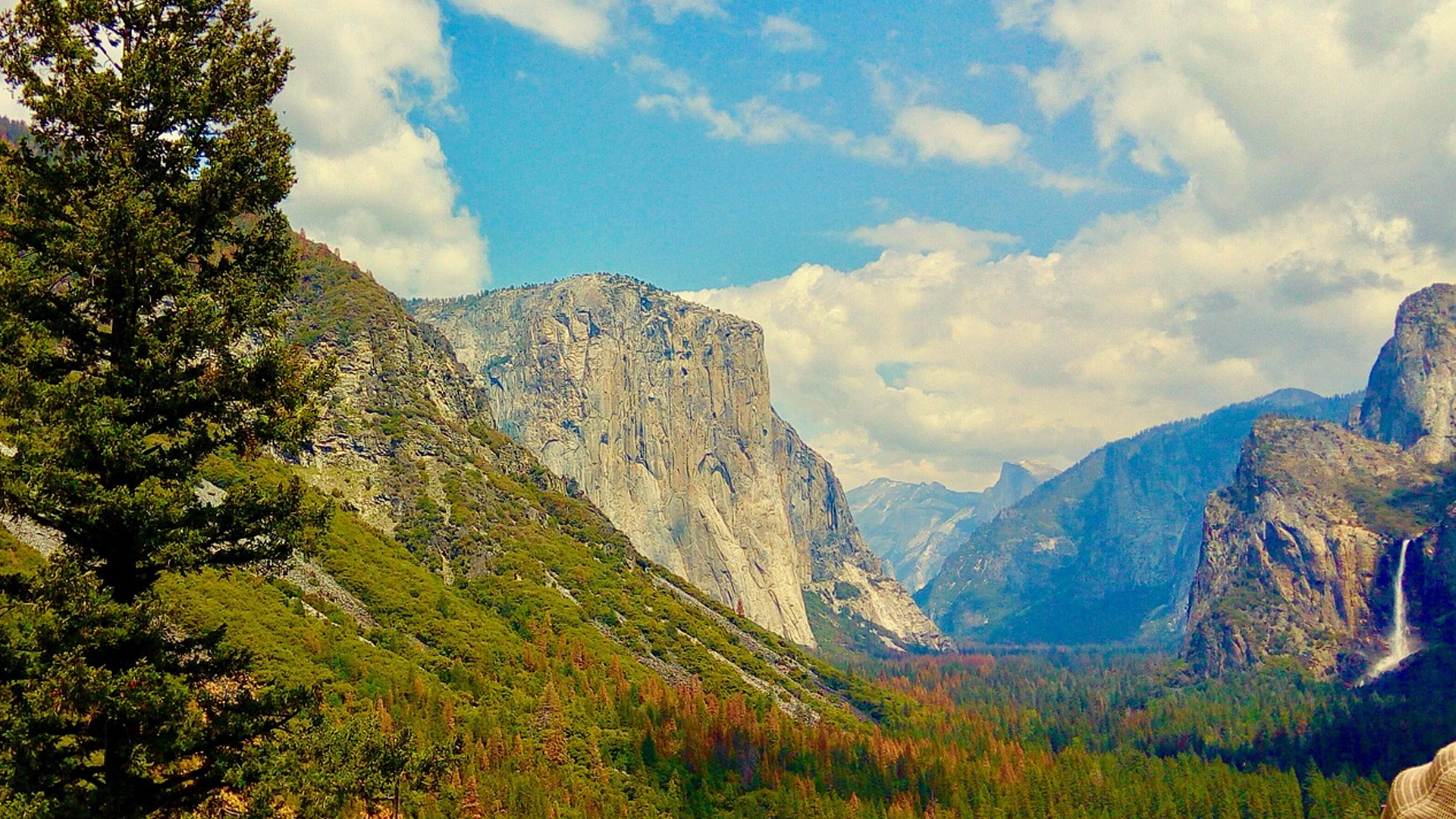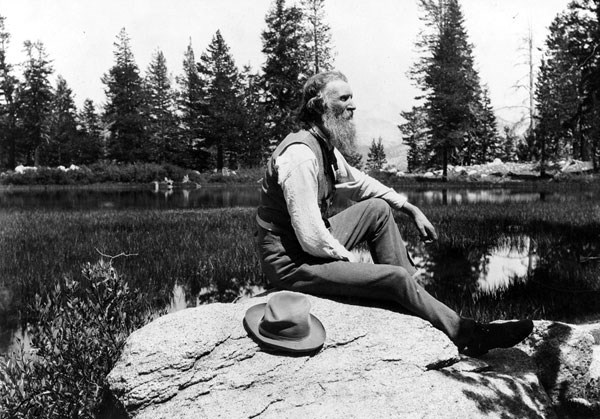Yosemite National Park Established

Half Dome and the Yosemite Valley with forests and waterfalls surrounding granite cliffs.
What Happened?
Before Yosemite was called a park, it was home to Native American tribes such as the Ahwahneechee, who had lived in the valley for generations, building their culture around the land’s resources. That balance was broken by the California Gold Rush of 1849, which brought miners, settlers, and tourists who disrupted ecosystems and displaced Indigenous communities.
In 1864, President Abraham Lincoln signed the Yosemite Grant, setting aside Yosemite Valley and the Mariposa Grove of giant sequoias for public protection. This was the first time the U.S. government preserved land for public use, laying the foundation for both state and national parks.
By the late 1800s, conservationist John Muir discovered that sheep grazing and commercial activity were destroying meadows and forests around the valley. Working with editor Robert Underwood Johnson, Muir campaigned to expand protections. Their advocacy persuaded Congress to create Yosemite National Park in 1890, covering over 1,500 square miles of wilderness.
Yosemite’s landscapes became symbols of natural beauty in America: Yosemite Falls, one of the tallest waterfalls in the world; El Capitan, the largest granite monolith in the U.S.; and the giant sequoias, trees that can live for over 3,000 years. These wonders drew millions of visitors and inspired countless artists, writers, and photographers like Ansel Adams.
But Yosemite is more than scenery—it is a story of human choices. The park’s creation preserved habitats for rare species and kept vast areas safe from logging or mining, but it also came at the cost of Native communities who were displaced. National parks show us both the value of protecting nature and the importance of remembering who lived there first.
Today, nearly 95 percent of Yosemite’s 747,956 acres are protected as wilderness, making it one of the largest preserved natural areas in the country. Millions of visitors hike its trails, marvel at its granite cliffs, and walk among ancient sequoias, continuing the relationship between people and land that has always defined Yosemite.
The establishment of Yosemite reminds us that public lands are not just vacation spots. They are classrooms where we learn about geology and ecology, sanctuaries where species survive, and sacred landscapes tied to Indigenous cultures. They are also proof that people can decide to value nature not only for profit but for beauty, inspiration, and generations yet to come.
As John Muir once wrote, 'Climb the mountains and get their good tidings.' His vision for Yosemite wasn’t just about preserving a view—it was about preserving peace, balance, and the idea that some treasures should belong to all people, for all time.
Why It Matters
The creation of Yosemite National Park marked a turning point in American history. It proved that the government could act to protect land from exploitation and dedicate it to the public good. Yosemite’s story highlights both the power of conservation and the complexities of displacement, reminding us that caring for nature means honoring both the environment and the human histories connected to it.
?
Why was John Muir so determined to protect Yosemite, and how did he succeed?
What does Yosemite’s creation tell us about how Americans viewed land and nature in the late 1800s?
How do national parks balance preserving natural beauty with allowing millions of people to visit each year?
Why is it important to recognize Native American history when we talk about national parks?
How do places like Yosemite inspire people to think differently about the relationship between humans and nature?
Dig Deeper
Explore Yosemite’s breathtaking waterfalls, ancient sequoias, and granite cliffs in this look at one of America’s greatest national parks.
Related

Climate Science: How Our Planet Keeps Its Cool… and Why It’s Getting Hotter
Climate science helps us understand how the planet stays warm, why it's getting warmer, and what we can do about it.

Mariana Trench: Into Earth’s Deepest Classroom
Seven miles down, where sunlight never reaches and pressure can crush steel, life still finds a way. Meet the Mariana Trench—the deepest place on Earth—and the creatures, science, and protections that make it extraordinary.

Indian Removal and the Trail of Tears
In the 1830s, the U.S. government forced thousands of Native Americans—including the Cherokee—off their ancestral lands, leading to a deadly westward march known as the Trail of Tears.
Further Reading
Stay curious!
